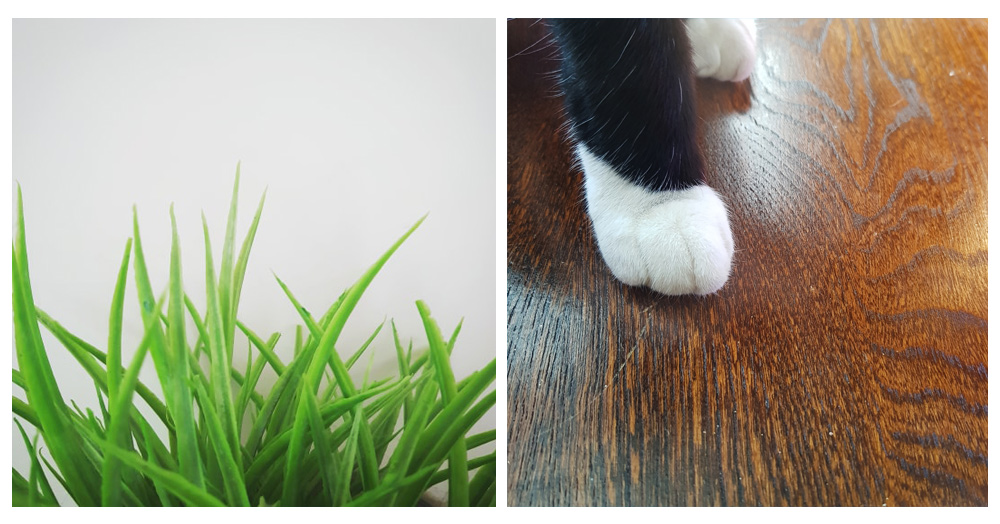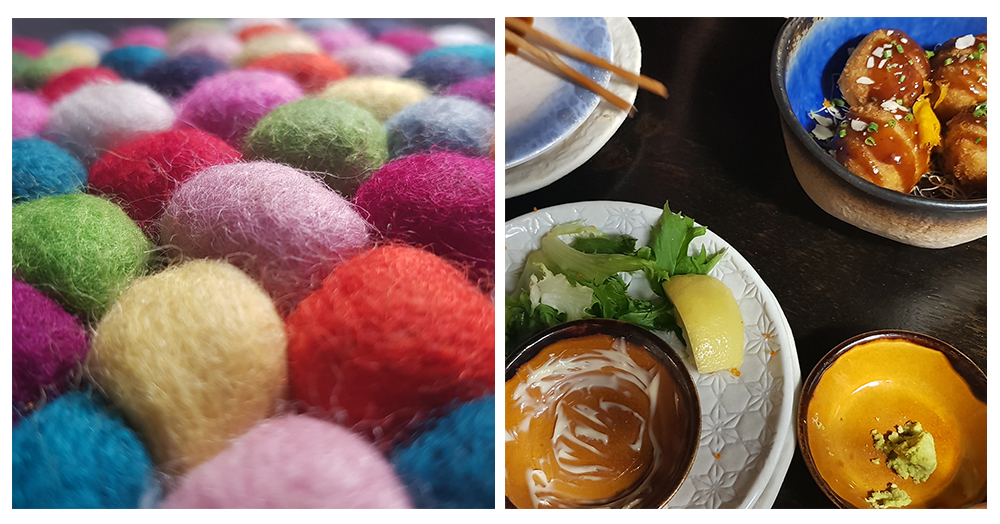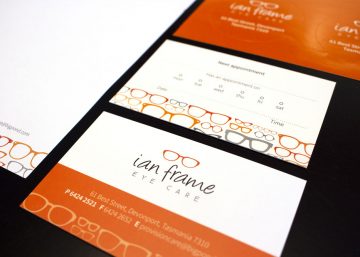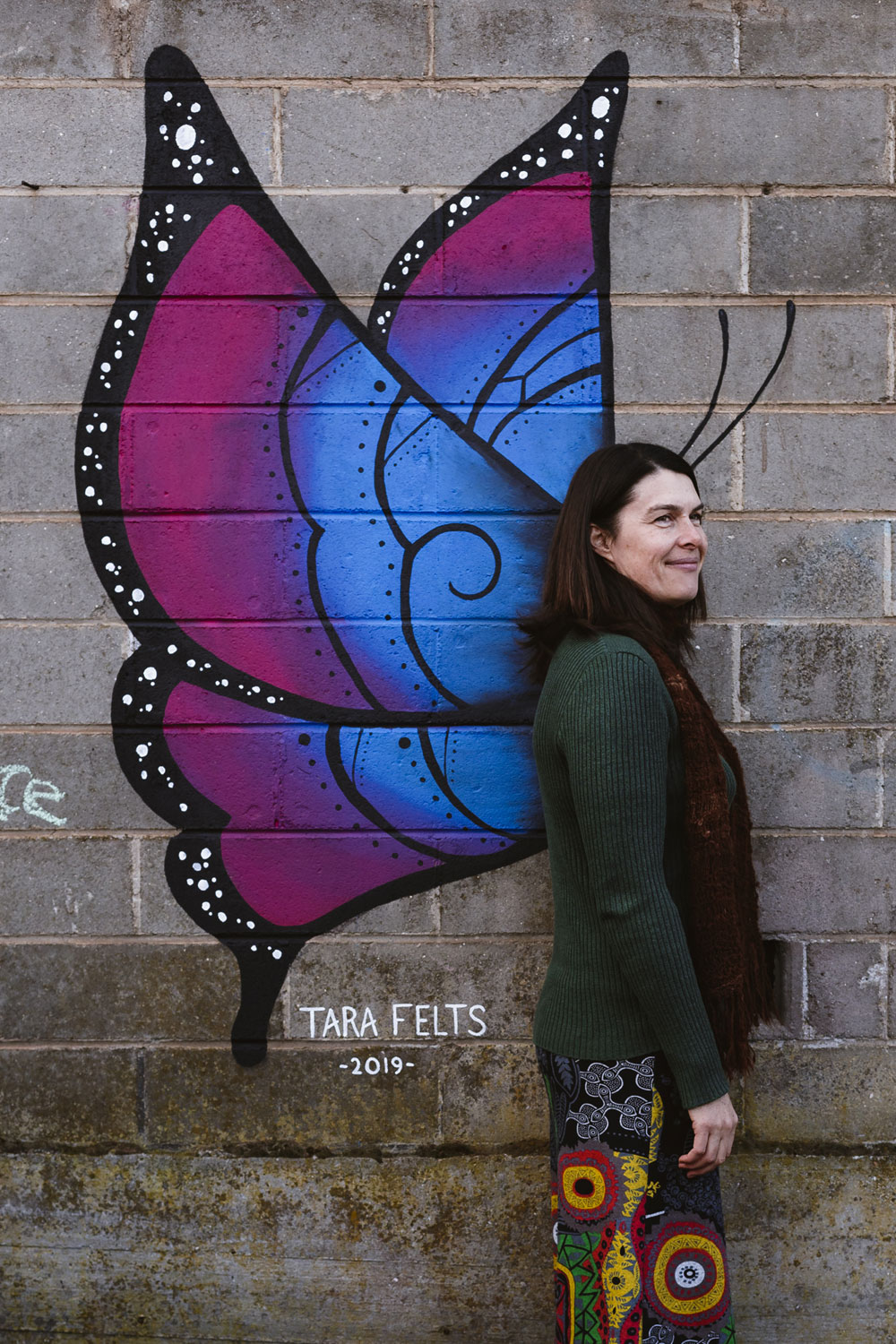Digital Photography for Social Media
5 rules for improving the impact of your photographs in the digital world.
Is a picture really worth 1000 words? The answer is yes – but only if you have the right picture!
According to a recent study from Microsoft Corp., people now generally lose concentration after just eight seconds, so having an interesting image to grab their attention, is now as important as ever. You can use a smartphone, point and shoot or a digital SLR, it doesn’t matter what device, as long as you have the basics of composition sorted.
It has been said that a social media post accompanied by a photo is ten times more likely to get engagement, so it’s worth getting this right. With this in mind, we thought we’d share some tips on improving your reach by creating great photographic images for social media platforms.
So, get to know your camera better. Everyone should actually get their user manual out that came with their camera/phone and become familiar with how the device works! Also, consider correcting/manipulating your images after you have taken them if they are not quite right. Crop them, adjust the colour, saturation or add a filter to tell the story you want to communicate. That said you can alleviate having to do this by taking the right image at the start and to do this you should focus (pun intended) on composition and design. This will help develop image aesthetics and improve the visual impact of your photographs.
“Composition is the way in which you position and arrange your subject as well as the various surrounding details of your image. Effective composition makes your photography visually engaging and also helps to define your visual style.” 1
There are quite a few traditional rules for creating effective composition. Today we are going to share our favourite five with you:
1. Rule of Thirds
Simply visualise a grid, imagine drawing lines to break up an image into three sections – horizontally and vertically – creating a grid of nine different sections in total. You use these lines to compose your image, placing your subject on one of the imaginary lines, or on one of the points where the lines intersect. This creates a more balanced shot, as our eyes tend to be drawn to one of the intersected points.
Example:
 2. Negative space
2. Negative space
This is the area around your subject, your background and it can be just as important as the subject itself. A background (and negative space) can set the scene, tell a story, or isolate and enhance your subject.
Examples:
 3. Leading lines
3. Leading lines
This compositional guideline are elements that create lines that direct your viewer’s eye into the image and your subject. Examples of leading lines are a pathway, a row of products, or a side of a building. Our eyes are naturally drawn to follow lines, which is why using this method can help create a dynamic and well composed image.
Examples:
 4. Points of Interest
4. Points of Interest
You should always know what you want your viewer to see. Create points of interest so that your viewer is directed to where you want. You can do this in various ways including by use of your focal point and depth of field, or colour.
Examples:
 5. Framing
5. Framing
This refers to deciding what you want to include and exclude in your shot. Changing your camera position, point of view or camera angle all help adjust the frame of your image. Framing can also refer to literally framing your subjects using natural or human-made elements in the scene.
Examples:
 Considering these factors will help improve your photography and thus create more engaging posts for your followers.
Considering these factors will help improve your photography and thus create more engaging posts for your followers.
1. Dr Linda Erceg, lecturer UTAS
Contact us if you’d like help creating images with impact or to discuss any social media requirement you may need assistance with.

























